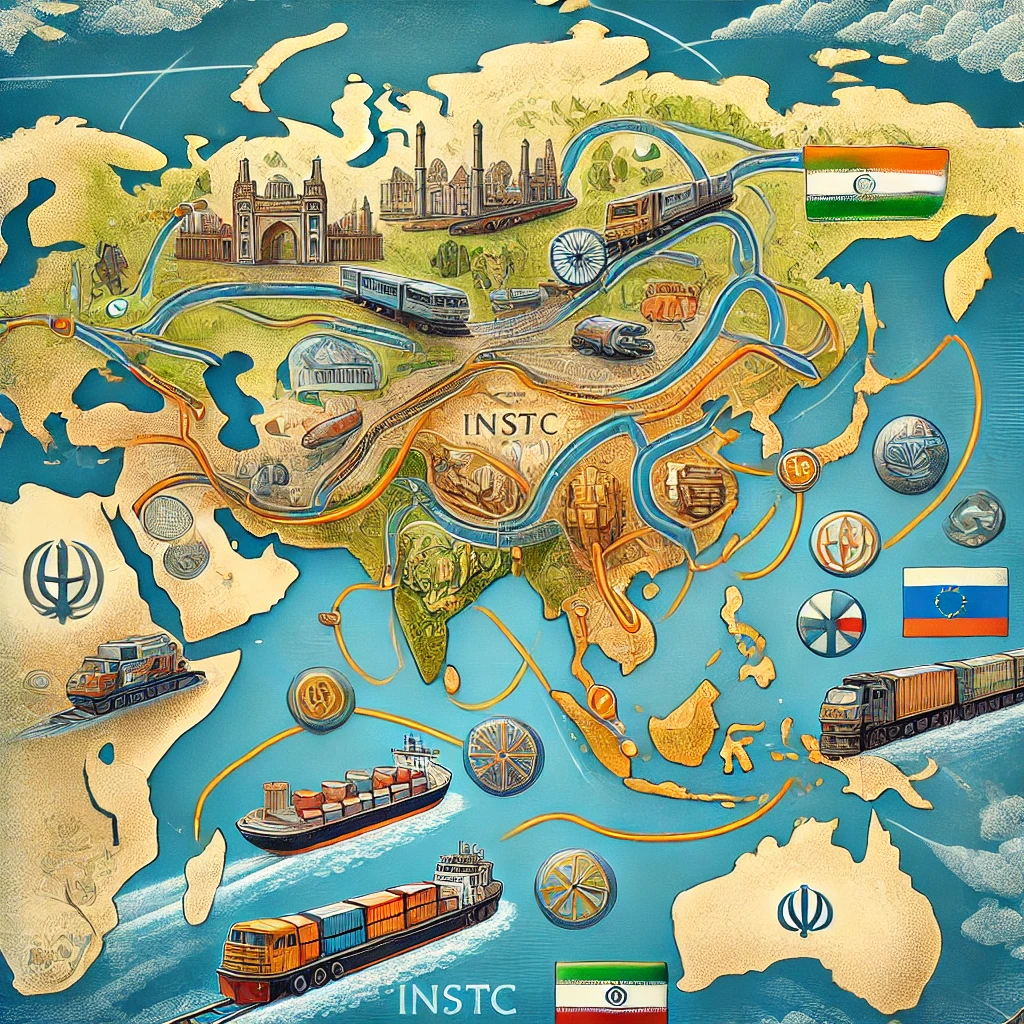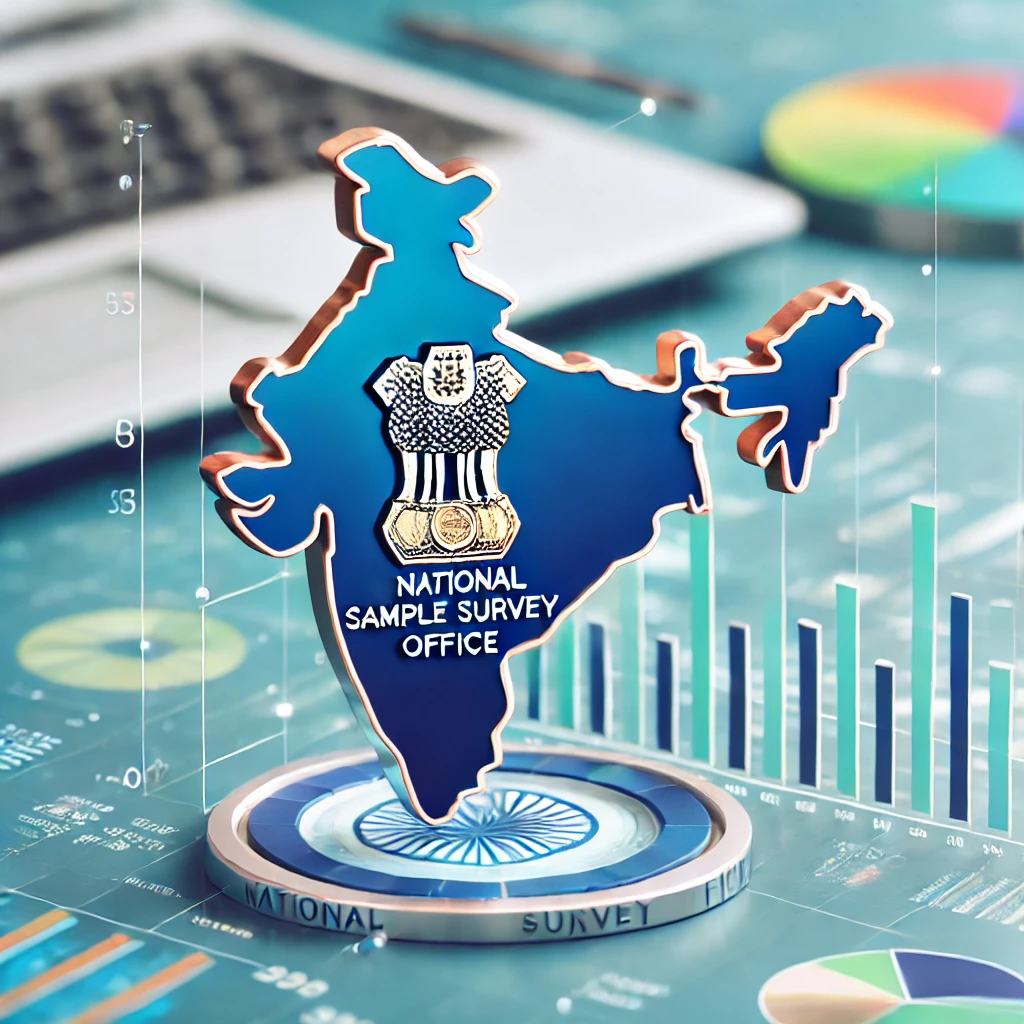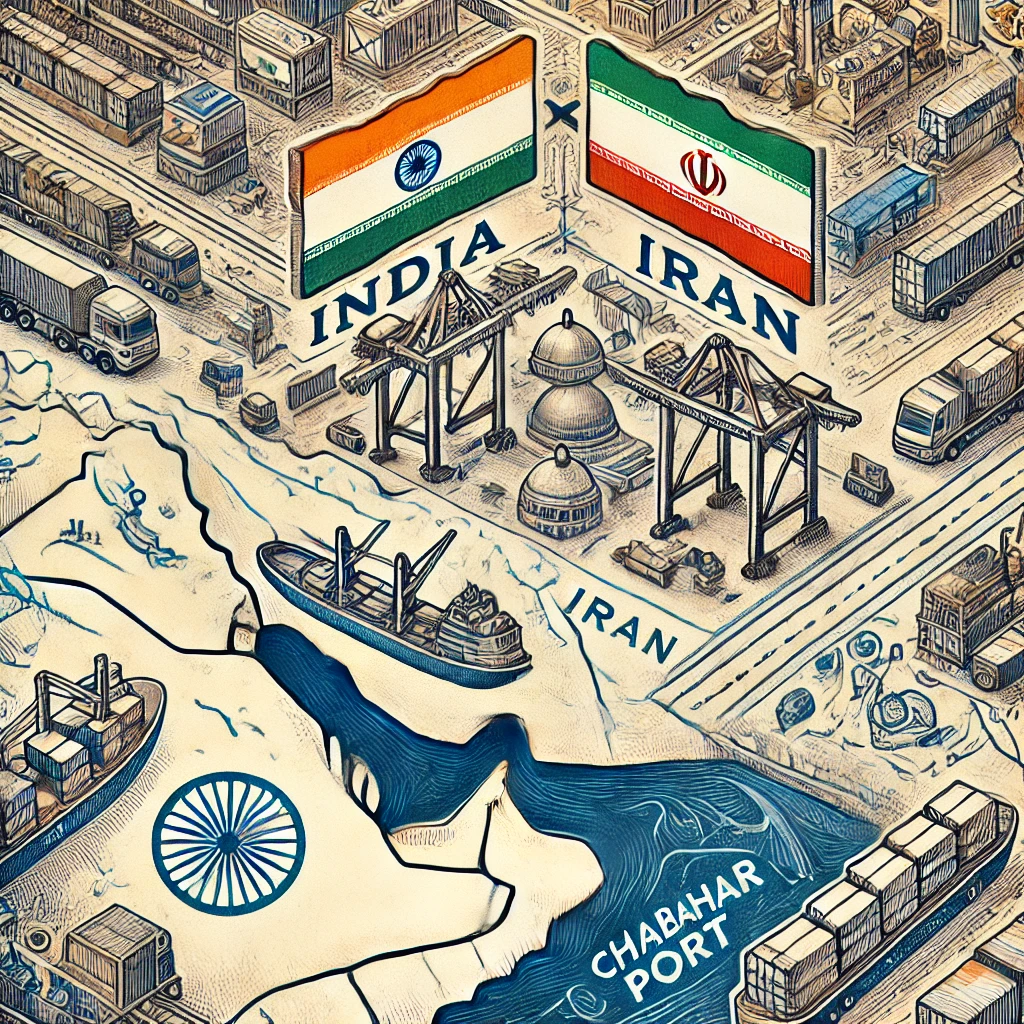The agreement between Russia and Iran to construct the Rasht-Astara railway marks a significant development in the International North-South Transport Corridor (INSTC). This 162-kilometer railway will connect Rasht in Iran to Astara in Azerbaijan, creating a vital link that could potentially rival the Suez Canal as a major trade route. The INSTC aims to connect India, Iran, Russia, Azerbaijan, and other countries through a combination of rail and sea routes, thus enhancing global trade connectivity.
- The International North-South Transport Corridor (INSTC) was established in St. Petersburg on September 12, 2000.
- The primary goal is to enhance transportation connectivity.
- INSTC corridor links the Indian Ocean and the Persian Gulf to the Caspian Sea through the Islamic Republic of Iran, connecting further to St. Petersburg and North Europe via the Russian Federation.

Rasht-Astara Railway and INSTC
The recent deal between Russia and Iran to build the Rasht-Astara railway is a strategic move within the International North–South Transport Corridor (INSTC). This project aims to enhance connectivity among countries, providing a viable alternative to traditional trade routes and potentially rivaling the Suez Canal in global trade significance.
What is Rasht-Astara Railway?
The Rasht-Astara railway is a 162-kilometer railway connecting Rasht in Iran to Astara in Azerbaijan. This route, positioned along the Caspian Sea, is crucial for connecting Russian ports on the Baltic Sea with Iranian ports in the Indian Ocean and the Gulf. The new connection will shorten travel times and enhance global traffic flows, significantly reducing transit costs and times while opening new logistics pathways.
What is the International North–South Transport Corridor?
The International North-South Transport Corridor (INSTC) is a 7,200-kilometer multi-mode transit system that connects India, Iran, Russia, Azerbaijan, and other countries through a combination of ship, rail, and road routes. It was launched on 12th September 2000 in St. Petersburg by Iran, Russia, and India to promote transportation cooperation among member states. Since its inception, the corridor has expanded to include 10 additional countries and observer states, like Bulgaria.
INSTC corridor was initiated on 12th September 2000 in St. Petersburg by Iran, Russia, and India to foster transportation cooperation. Over time, the corridor has grown to include 10 more countries, including Azerbaijan, Armenia, Kazakhstan, and Turkey. Observers like Bulgaria and Baltic countries such as Latvia and Estonia have also shown interest in joining, reflecting the corridor’s expanding influence.
Routes and Modes
The INSTC features three main corridors: Central, Western, and Eastern. The Central Corridor starts from Jawaharlal Nehru Port in Mumbai, passing through the Bandar Abbas port in Iran and reaching the Russian ports of Olya and Astrakhan. The Western Corridor links Azerbaijan’s and Iran’s railway networks and extends to Mumbai via the sea route. The Eastern Corridor connects Russia with India through Central Asian countries like Kazakhstan, Uzbekistan, and Turkmenistan.
Significance of INSTC for India
The INSTC holds significant strategic and economic benefits for India. It offers an alternative trade route, bypassing Pakistan, and connects India to Central Asia, rich in hydrocarbons and strategic resources. This corridor can potentially reshape India’s trade dynamics and enhance its geopolitical influence in the region.
Alternate Route
INSTC provides India with a critical alternate route to connect with Central Asia, circumventing the direct route through Pakistan. This is particularly important given the obstacles posed by Pakistan and the strategic necessity of accessing Central Asian hydrocarbons and markets. The corridor also counters China’s Belt and Road Initiative, particularly the China-Pakistan Economic Corridor (CPEC) and Gwadar Port.
Reducing Time and Freight Cost
INSTC significantly reduces transit time and freight costs compared to the Suez Canal route. The corridor, consisting of sea, rail, and road links, shortens transit time by 40%, reducing it from 45-60 days to 25-30 days, and cuts freight costs by 30%. This efficiency makes it an attractive alternative for Indian trade.
Chabahar Port
India’s investment in the Chabahar Port in Iran’s Sistan-Balochistan province is pivotal for INSTC. The port provides India with direct access to Central Asian markets, bypassing Pakistan. It is seen as a gateway to new trade opportunities with Iran, Afghanistan, and Central Asia, enhancing India’s strategic and economic footprint in the region.
Alternative to Suez Canal
The Suez Canal blockage in 2021, which disrupted 12% of global trade and cost an estimated USD 9 billion per day, underscored the importance of alternative routes like INSTC. This corridor offers a cheaper and faster multimodal transit option, enhancing global trade resilience.
Potential to Connect Baltic
INSTC has the potential to extend connectivity to the Baltic, Nordic, and Arctic regions. This expansion could bring transformative commercial benefits, facilitating not only trade but also humanitarian aid and overall economic development, thus enhancing regional connectivity and cooperation.
Regional Supply Chains Across Eurasia
INSTC could reshape supply chain dynamics across Eurasia, breaking the traditional East-West producer-consumer dichotomy. By creating diverse supply chains, the corridor can foster greater economic integration and cooperation across the region, benefiting all participating countries.
Challenges
While INSTC presents significant opportunities, it also faces substantial challenges. The primary obstacles include the lack of financial support from major international financial institutions and the impact of US sanctions on Iran, which have hindered infrastructure development and deterred global companies from participating in the project.
Financial Support
One of the main challenges for INSTC is the lack of financial support from major international institutions such as the World Bank, ADB, European Investment Bank, and Islamic Development Bank. This is mainly due to US sanctions on Iran, which have raised concerns about secondary sanctions, limiting funding for the project.
Sanctions
The reinstatement of harsher US sanctions on Iran following the US withdrawal from the JCPOA in 2018 has severely impacted infrastructure projects in Iran. Many global companies have withdrawn from these projects, further complicating the development of the INSTC and limiting its potential.
Way Forward
To fully realize the benefits of INSTC, several steps are necessary. These include securing more financing, enhancing cooperation among member states, and demonstrating strong political will and strategic planning. Addressing these areas will be crucial for the successful implementation and operation of the corridor.
Financing and Cooperation
Ensuring the success of INSTC requires increased financing, cooperation, and strategic planning. Active involvement from the private sector is essential, but security threats and political instabilities in the region must be addressed to attract investment and ensure smooth operations.
Harmonization of Tariffs and Customs
Harmonizing tariffs and customs procedures across member states is crucial for the seamless operation of INSTC. Standardized regulations will facilitate smoother and more efficient trade flows, making the corridor more attractive to global traders and investors.
Increasing Trade Volume
Improving informational connectivity and creating demand is vital to increasing trade volume through INSTC. Addressing the demand deficit for goods exported from South Asia and Southeast Asia to Europe is necessary. Thus, to ensure the corridor’s viability and success.
Economic Integration and Development
INSTC offers member countries opportunities for enhanced economic integration and development. Establishing industrial parks and special economic zones focused on key sectors like pharmaceuticals and agriculture can drive economic growth and add commercial value to the corridor, fostering greater regional cooperation and prosperity.


